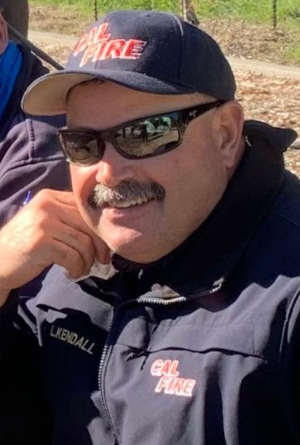- GLENN COUNTY SHERIFF’S OFFICE
- Posted On
Body recovered from Sacramento River
The Glenn County Sheriff’s Office said the Butte County Sheriff’s Office Search and Rescue received a report of a deceased person near a sandbank along the Sacramento River south of Hamilton City at 2:45 p.m. Sunday.
The Butte County Sheriff’s Office Boating and Patrol Division located and recovered the deceased person, the Glenn County Sheriff’s Office reported.
The location of the body later was determined to be within the Glenn County Sheriff’s Office jurisdiction.
Glenn County Sheriff’s office said its deputies and coroners responded and took possession of the deceased.
The cause of death, identity and any further description of the deceased were undetermined as of Tuesday.
The Glenn Investigations and Narcotics Task Force is actively investigating the circumstances surrounding the individual’s death and is checking surrounding jurisdictions for any reported missing persons.
Anyone with information regarding the circumstances of this incident is urged to contact the Glenn County Sheriff’s Office GLINTF Division.
Members of the Glenn County Sheriff’s Office can be contacted in person at 543 West Oak Street in Willows, by phone at 530-934-6431, or by calling 911 in cases of an emergency.
For general information visit www.countyofglenn.net/sheriff or follow the agency on Facebook at www.facebook.com/glenncountysheriff.







 How to resolve AdBlock issue?
How to resolve AdBlock issue? 




